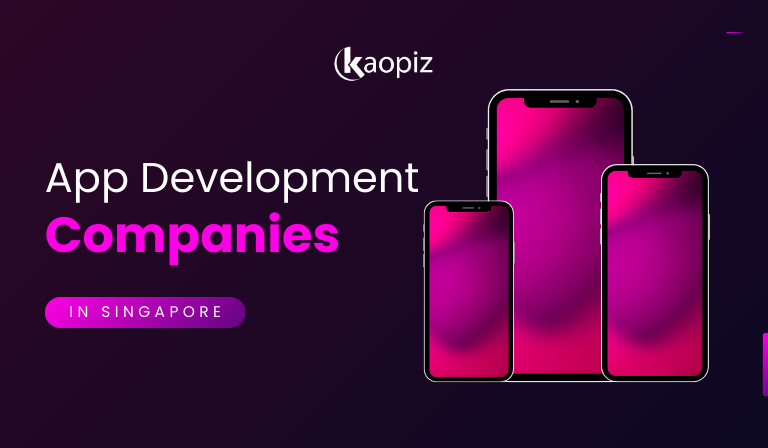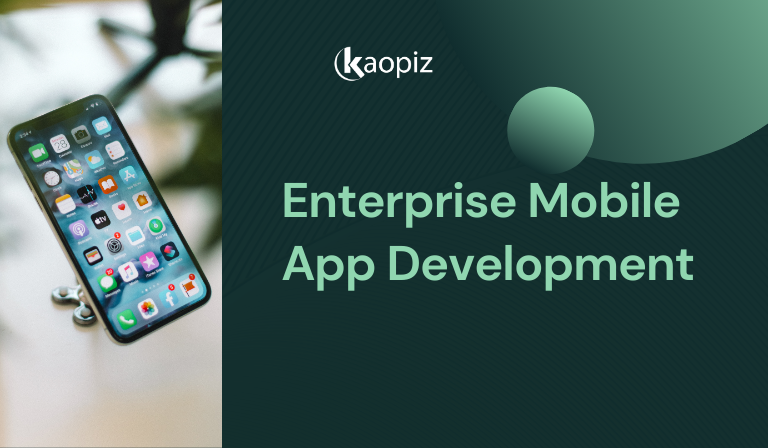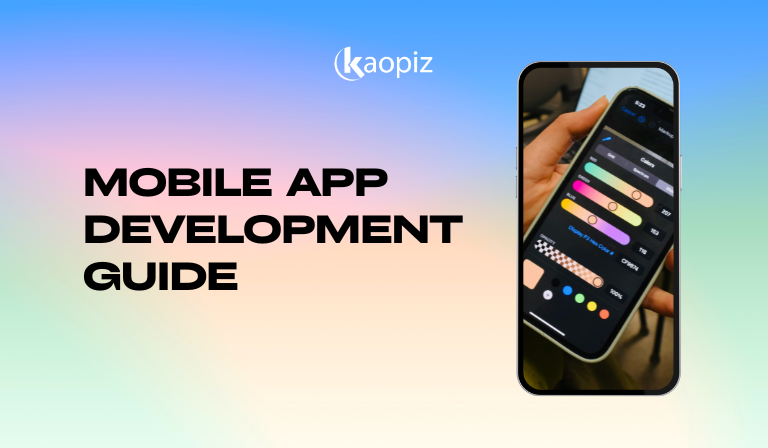E-commerce Website: From Development Methods to Operations and Improvements
“Where should I start when creating my first e-commerce website?”
This is a common concern for many project managers.
In this article, we will provide a clear explanation of the different methods of building an e-commerce website, how to choose the right approach, and the two main strategies for development.
Additionally, we’ll outline the complete process of building an e-commerce website, helping you gain a thorough understanding and confidently move your project forward.
Comprehensive Guide to Building an E-commerce Website
What is an E-commerce Website?
An e-commerce website is an online platform where products and services are sold.
Unlike physical stores, e-commerce websites allow businesses to operate without the high costs of a storefront. This not only reduces initial and ongoing costs but also provides customers with the convenience of shopping 24/7 from anywhere, thus contributing to increased sales.

With the growing prevalence of smartphones and the internet, e-commerce has become a key driver of business growth.
Types of E-commerce Development Methods and How to Choose
There are five main methods for building an e-commerce website. Understanding the features of each method will help you choose the one that best fits your business needs, budget, and technical capabilities.
1. ASP Services
ASP services provide a hassle-free way to launch a highly functional e-commerce website with a monthly subscription. They require no technical expertise for site setup and maintenance, and the service provider handles server management and security.
However, ASP services may limit customization and scalability, making them less suitable for large-scale operations. They are ideal for small businesses looking to minimize costs.
2. Open Source
Open-source platforms are free to use and allow for extensive customization. With full access to the source code, businesses can tailor their site to their specific needs.
That said, managing servers, handling security, and maintaining updates all fall on your team, requiring strong technical skills. Open-source is best for businesses that have technical capabilities and want a highly customized solution at a low cost.
3. Packages
Package-based solutions come with pre-built functions and features. They offer a balance between flexibility and ease of use, making them ideal for mid-sized e-commerce websites.
While packages offer more customization options than ASP services, they come with higher upfront and licensing costs. Additional customizations can be expensive, and the freedom to make changes may be more limited than with full custom development.
4. Cloud-based EC
Cloud-based solutions combine the ease of ASP services with the customization options of package solutions. They offer constant access to the latest systems, easy scalability, and seamless integration with third-party systems.
However, cloud-based solutions are priced similarly to package-based systems and do not allow for in-house modifications. These solutions are ideal for mid-to-large businesses seeking flexibility and future scalability.
5. Full Custom Development
Full custom development involves building an e-commerce website from scratch using programming languages. This approach allows for complete flexibility in system design, integration, and visual appearance.
However, it requires significant time, expertise, and investment. For companies with large budgets and specific requirements, full custom development provides a unique and highly personalized solution.
Two Main Methods for Building an E-commerce Website
1. In-house Development
In-house development refers to building the e-commerce website with your own development team. This offers complete freedom in design and functionality, allowing you to tailor the site to your business needs and scale it as required.
However, this method requires technical expertise, a larger budget, and extended timelines. Additionally, your team will be responsible for maintaining the system and handling security.
2. Using External Services
Leveraging external services such as ASP platforms or open-source solutions can simplify the development process. These options allow businesses to quickly launch an e-commerce website without the need for deep technical skills. External service providers often handle maintenance and security.
This approach limits customization but is suitable for businesses looking for a cost-effective, easy-to-manage solution.

Step-by-Step Process for Building an E-commerce Website
1. Planning & Design
This initial phase involves defining the target audience, selecting products or services, designing the site layout, determining payment and delivery options, and outlining the necessary features. A clear vision at this stage ensures smooth development and better customer satisfaction later.
2. Development & Build
Based on the planning phase, the development team will build the e-commerce site, including system setup, design implementation, content creation, and integrating payment and delivery systems.
3. Testing
Before going live, it is crucial to thoroughly test the website. This includes functionality tests, security checks, usability tests, and payment system evaluations to ensure a seamless user experience.
4. Launch
Once testing is complete, the e-commerce website is deployed and made accessible online. Monitoring user activity and making quick fixes are essential in the initial phase after launch.
5. Operation & Improvement
After launch, continuous monitoring, SEO optimization, marketing efforts, and customer feedback will guide future improvements. Regular updates and improvements are essential to keep the site competitive and user-friendly.
Why Kaopiz is the Preferred Choice: Our Strengths in E-commerce Website Development
Kaopiz, a leading offshore development company in Vietnam, has extensive experience in developing diverse e-commerce platforms, from blockchain-integrated systems to large-scale solutions.

We offer tailored technical solutions, expert development teams, and robust project management to ensure seamless execution. Our commitment to continuous learning and providing cutting-edge technology ensures your e-commerce site stays ahead in the market.
Conclusion
This article provides a comprehensive overview of the key aspects of building an e-commerce website, from understanding development methods to the step-by-step process.
Building an e-commerce site can significantly accelerate business growth, but success depends on careful planning and execution. Use this guide to identify the best method for your business and confidently move forward with your e-commerce project.
If you’re unsure which method to choose or need specific advice, don’t hesitate to contact Kaopiz. We’ll offer tailored solutions to ensure the success of your e-commerce site.
Trending Post




















